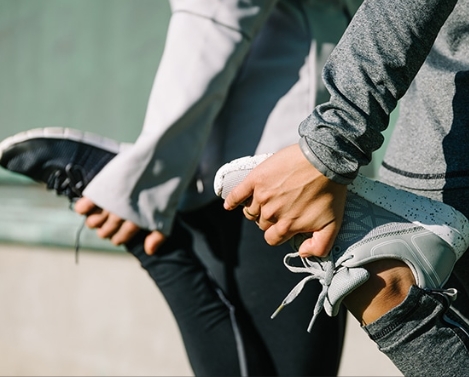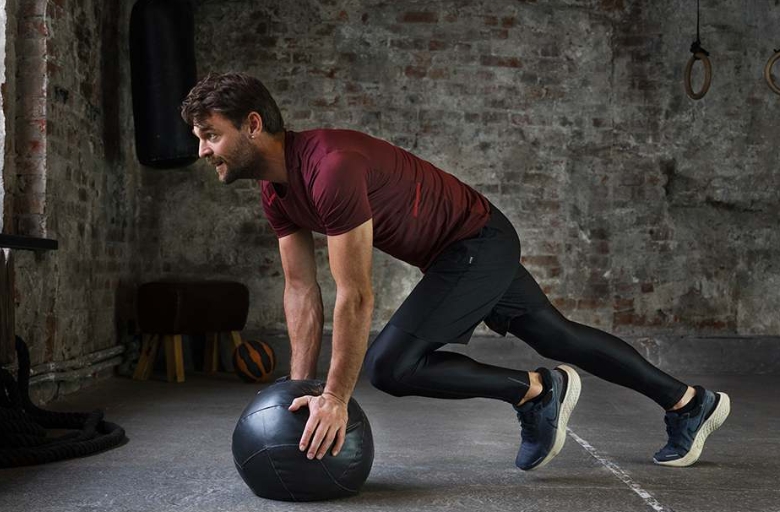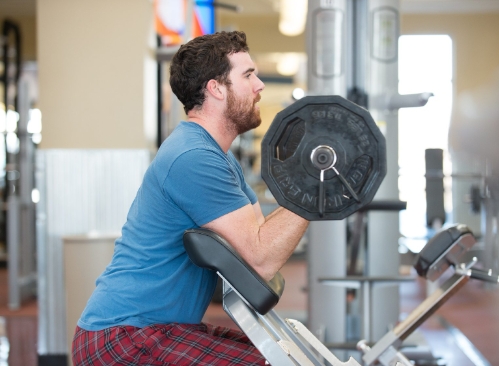When it comes to preparing for a workout, many people focus on the exercises themselves and forget the importance of warming up. However, warming up before physical activity is a key component that can greatly improve your workout performance and reduce the risk of injury. A proper warm-up prepares your body and mind for the intense physical activity ahead, ensuring you get the most out of your exercise routine and stay safe while doing it.
Warming up serves as a bridge between rest and exercise, gradually increasing your heart rate and blood flow to the muscles. This process helps prepare your cardiovascular system for the demands of your workout. By starting with light, low-intensity movements, you allow your body to adjust to the increased physical demand in a controlled manner. This not only prevents a sudden shock to your system but also helps you transition smoothly into more strenuous exercises.
One of the primary benefits of warming up is that it increases muscle elasticity. When your body is cold, your muscles are less flexible and more prone to strains or tears. A proper warm-up increases blood flow to the muscles, which raises the temperature of the muscles and makes them more pliable. This is especially important when performing high-intensity exercises like running, lifting weights, or doing agility drills. Warming up allows your muscles to stretch and move more freely, reducing the risk of injury and helping you perform the movements with better form and efficiency.
In addition to preparing your muscles, warming up also helps activate your joints and tendons. It lubricates the joints and prepares the connective tissues for more dynamic movements. When these tissues are properly warmed up, they can handle the stress of exercises like squats, lunges, or jumping with less resistance and discomfort. This makes your workout feel more fluid and helps maintain joint health over the long term, particularly for activities that require a lot of range of motion.
Mentally, warming up is equally important. It gives you a moment to mentally prepare for your workout by focusing your mind on the upcoming exercises. This mental focus is key for maximizing performance and ensuring that you’re fully engaged in each movement. A good warm-up routine can help clear your mind of distractions and get you in the right mindset for your workout, improving your concentration and motivation throughout your session.
Warming up also improves your cardiovascular efficiency. As your heart rate gradually increases during a warm-up, your cardiovascular system gets ready for more intense physical activity. This helps improve your endurance during the workout and allows your body to efficiently deliver oxygen to the muscles during exercise. Without a warm-up, your cardiovascular system may struggle to keep up, potentially leading to fatigue, dizziness, or shortness of breath during more intense activities.
Another advantage of warming up is that it enhances neuromuscular function. Warming up primes your nervous system for the physical demands of your workout, helping improve coordination, agility, and reaction time. For exercises that require precise movements, such as weightlifting, yoga, or sports drills, a proper warm-up ensures that your body can respond quickly and accurately. It also helps you develop a stronger mind-body connection, making it easier to perform exercises with correct technique.
The type of warm-up you do depends on the kind of exercise you plan to perform. For example, if you’re going for a run, a dynamic warm-up that includes leg swings, lunges, and hip rotations can help activate the muscles you’ll use while running. If you’re planning to lift weights, you may want to start with lighter sets of the same exercises you’ll be doing, gradually increasing the weight to allow your muscles and joints to adapt. A general warm-up might involve five to ten minutes of light cardio, such as brisk walking, jogging, or cycling, to get the blood flowing and elevate your heart rate.
While warming up is important, it’s equally crucial to cool down after your workout. A cool-down allows your body to gradually return to its resting state, reducing muscle soreness and helping to prevent injury. It also promotes flexibility and assists with the removal of metabolic waste products from your muscles.
In conclusion, warming up is a crucial part of any workout routine. It prepares your body physically and mentally for the challenges ahead, reduces the risk of injury, and boosts overall performance. By incorporating a proper warm-up into your fitness routine, you’ll experience better results, feel more energized, and stay safe while exercising. Remember, taking a few minutes to warm up before you start can make a significant difference in the effectiveness and safety of your workout.





